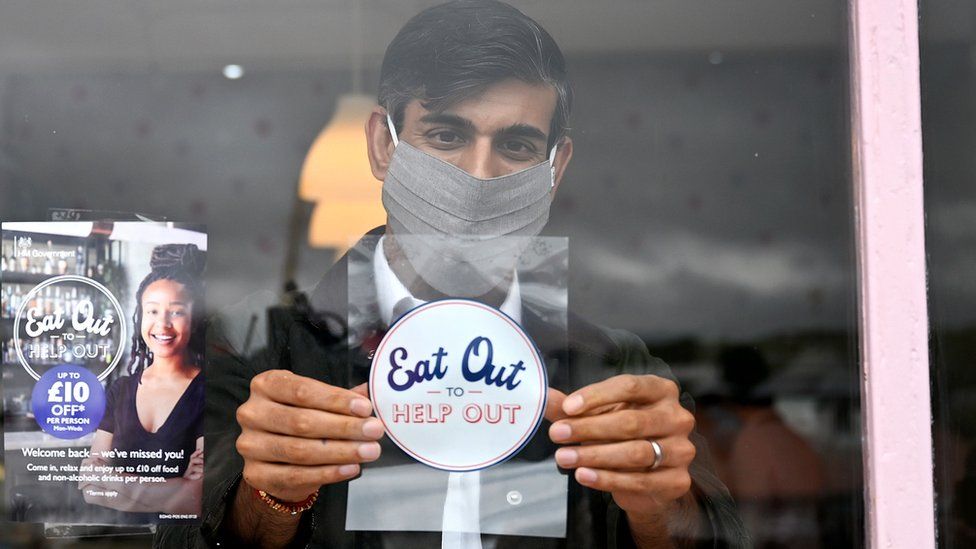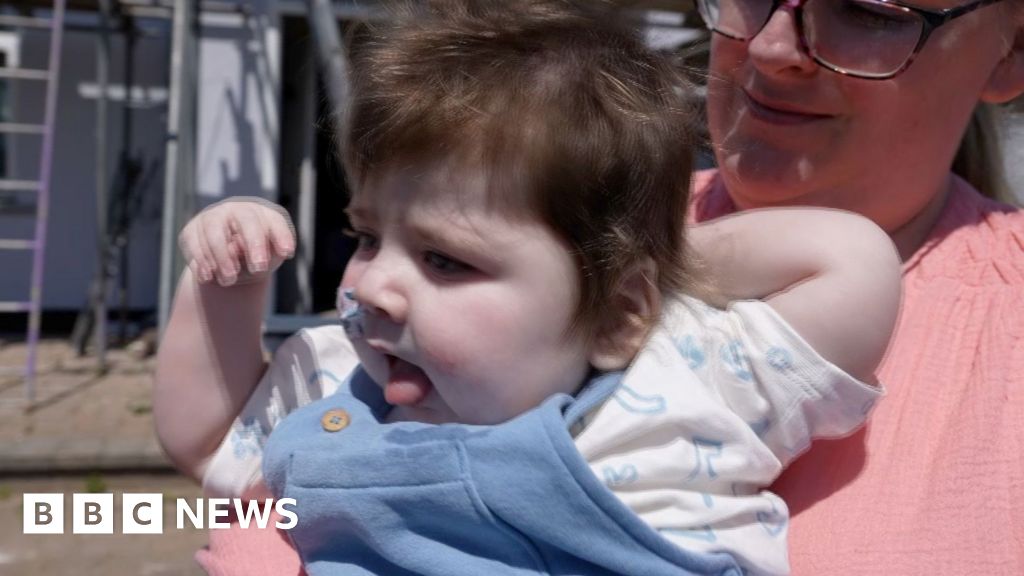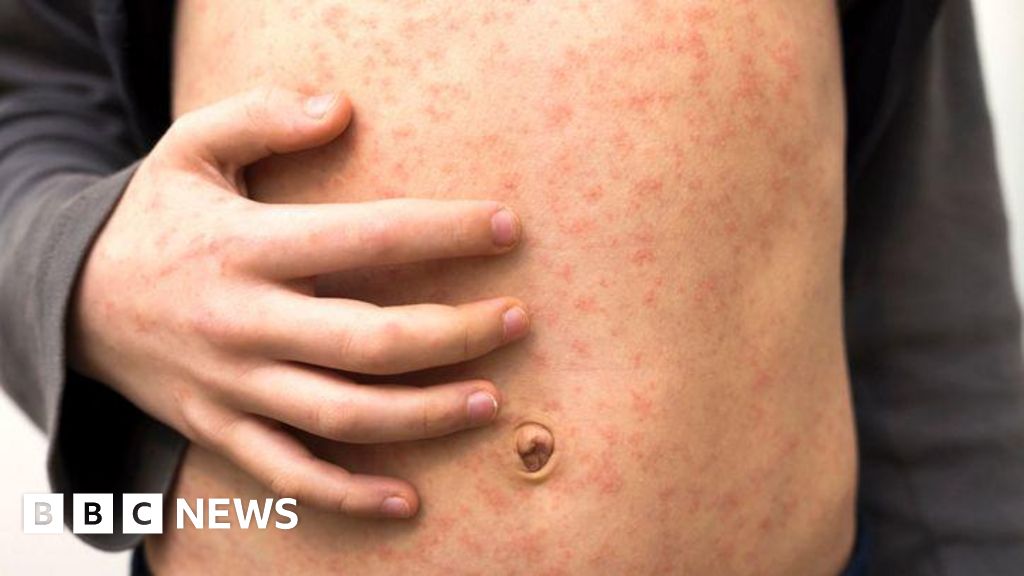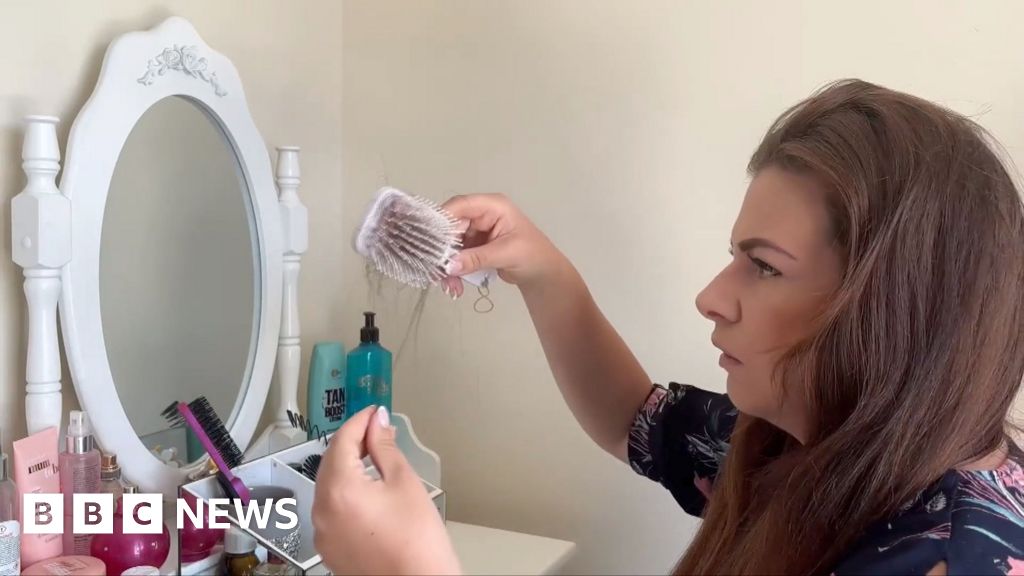ARTICLE AD BOX
 Image source, Getty Images
Image source, Getty Images
By Robert Cuffe
BBC Verify
Prime Minister Rishi Sunak, who this week is set to defend his handling of the pandemic at the Covid inquiry, has been criticised for his role in the 2020 Eat Out To Help Out scheme.
Government scientists say they were not consulted and that it was "highly likely" to have increased Covid infections and deaths.
Representatives of bereaved families claim "masses of people almost certainly died" because of the then-chancellor's "callous and reckless attitude".
At the time, Mr Sunak played down a link between his scheme and the spread of the virus in the UK, saying "what's happening here is pretty much in sync with what's happening around the world in second waves".
BBC Verify examines how much the scheme contributed to the growth of the virus.
What was Eat Out To Help Out?
Diners received a state-backed 50% discount on meals and soft drinks in pubs and restaurants (up to £10 each) on Mondays, Tuesdays and Wednesdays around the UK during August 2020.
The scheme aimed to protect jobs in the hospitality sector by encouraging people to dine out.
This was one of several support measures for a sector that had already been hit hard during the pandemic, and included pubs, restaurants, cinema, hotels and nightclubs.
Other measures included VAT cuts, rates relief and small business grants.
How much did Eat Out To Help Out help the economy?
The scheme cost £840m and covered 160 million meals during the month.
At the time, lockdown restrictions were easing and some people had money to spend after months with little socialising.
According to data from booking site OpenTable, restaurant reservations on Monday to Wednesday (the days of the scheme) were up by more than half in August 2020 compared with the previous August.
But some of the extra bookings on those days were people choosing different nights to go out, rather than deciding to go out more.
The scheme was a "significant boost for the sector when it needed it the most", says Kate Nicholls, the chief executive of industry body UK Hospitality.
But furlough and business rates relief were "more significant", she adds, offering help to the whole sector, rather than just pubs and restaurants.
The overall economic activity in accommodation and food services was still slightly down on the previous August.
And an analysis of footfall and job adverts in areas where more restaurants used the scheme suggests that any benefits were small and "transitory".
The study's authors, from the London School of Economics, suggested that the programme "failed to encourage people to go out for other purposes and to eat out after the discount ended".
How much did Eat Out To Help Out help to spread coronavirus?
The scheme ran during August 2020.
There was often a delay between infection and it showing up in the official Covid figures.
If you caught coronavirus at the end of August, for example, it might not appear in the figures for a week or so.
Case numbers from testing in the UK rose from about 6,400 in the first week of August to about 23,000 in the second week of September - roughly a 250% rise.
But as the chart below shows, some of our European neighbours saw faster rises over that period.
Although countries like Spain and France did not have specific eating out schemes, they did allow holidaymakers to travel there in the summer, and suffered a new spike in cases.
In England, as well as Eat Out To Help Out, the country was generally opening up after a very stringent lockdown.
From 4 July, most hospitality businesses could reopen, and people were allowed to meet in groups of up to 30 - although it was recommended to avoid groups of more than six.
The rises in infections started to pick up speed in early September, as children went back to school and some of their parents returned to the office.
And we now know that the same month, the Alpha variant, which took over in December, had already started spreading.
A study from University of Warwick, that tried to tease out the effect of the scheme, reported a link between how much Eat Out To Help Out was used and the spread of the virus.
The authors estimated that the scheme might have increased the number of cases seen in August by up to 20%.
Based on the speed of the virus's spread at the time, a 20% increase would be like bringing the autumn wave forward "by about three days", Bristol mathematician Prof Oliver Johnson told BBC's More or Less this year.
The scheme may have contributed to the spread of the virus even in places that did not have as many meals out.
It "completely reversed" the government's messaging that mixing was high-risk, Sir Patrick Vallance, the government's chief scientific adviser, told the inquiry.
But even the total increase in Covid from August to mid-September is tiny compared with the rise to the peak in early January 2021.
Take deaths involving Covid: it often took a month for a fatal case of coronavirus to run its course.
So infections from August that ended in death might not have done so until September.
In September, nearly 900 deaths in the UK involved Covid, according to death certificates, up from just under 550 in August.
In January 2021, more than 36,000 deaths involved Covid.
"I doubt that the UK's Covid-19 epidemic in late 2020 would have unfolded that differently without Eat Out to Help Out," Prof Mark Woolhouse, a scientist involved in Sage, the government's scientific advisory body, told the Covid inquiry.
But Mr Sunak had little way of knowing that when he commissioned the scheme.
Government scientists repeatedly told the inquiry that they were not asked to model what effect the scheme would have, only learning about the plans when they were announced.
Additional reporting: Gerry Georgieva, Jemimah Herd, Rob England and Tamara Kovacevic

 1 year ago
38
1 year ago
38








 English (US) ·
English (US) ·